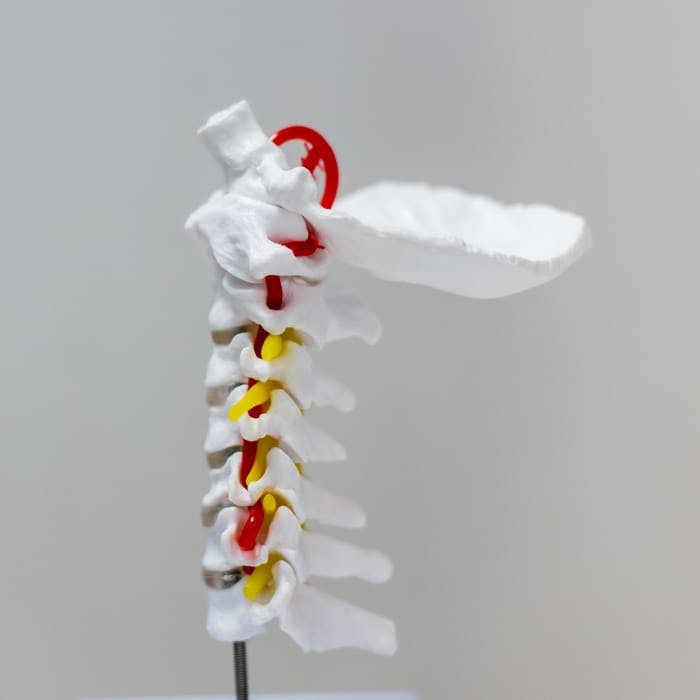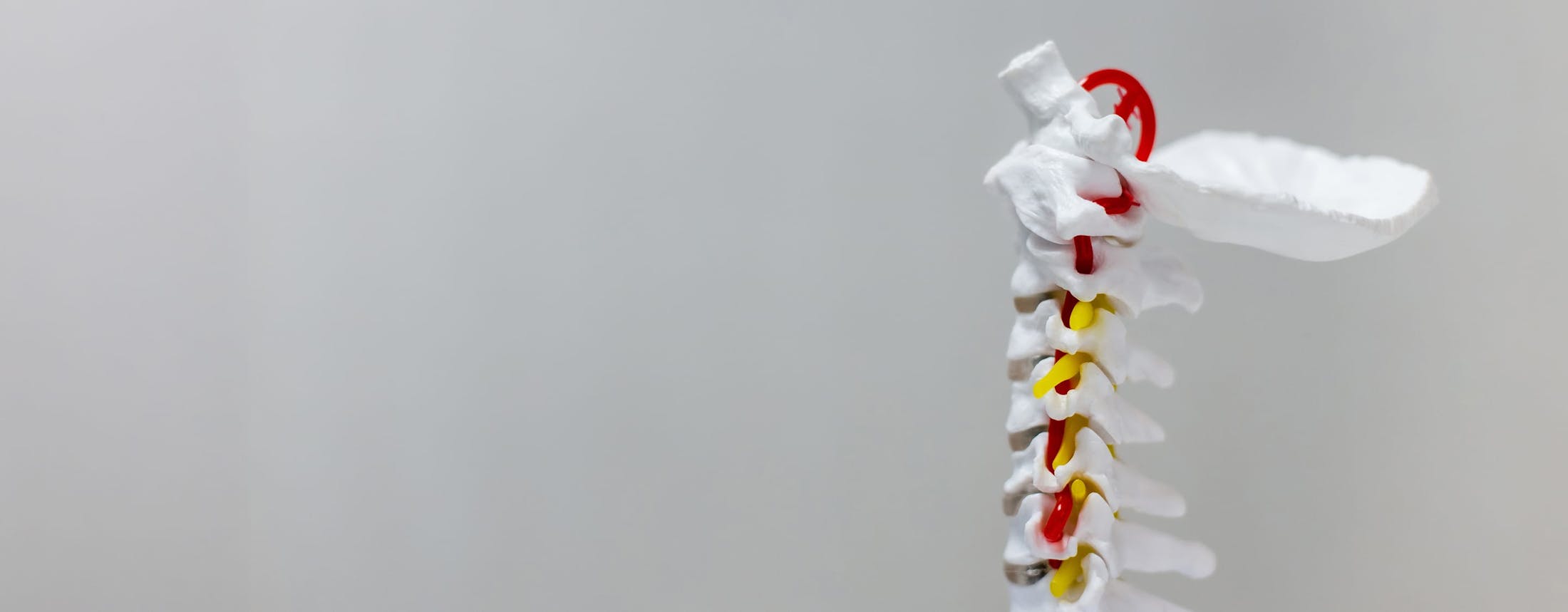Minimally invasive TLIF (Transforaminal Lumbar Interbody Fusion) is an advanced spinal fusion technique designed to relieve back and leg pain by stabilizing the lumbar spine with a less invasive approach, promoting quicker recovery and reduced post-operative discomfort.
Post-Operative Care
Most patients are able to go home in 2 to 3 days after the TLIF procedure. Mild pain is normal, for which you will be prescribed pain medications. You will be advised to wear a brace for three months after your surgery to support you while standing and walking. Physical Therapy and Occupational Therapy will instruct you on how to get in and out of bed properly and walk independently. You should not bend or twist at the waist or lift more than 5 pounds for 4 to 6 weeks until your back muscles are stronger and your pain subsides after your procedure. You may shower immediately after your procedure, but necessary precautions need to be taken to keep your surgical wound clean and dry. You may return to light duties 2 to 3 weeks after your surgery depending on your pain level. Moderate level work and light recreational activities are allowed 3 months after your surgery.






